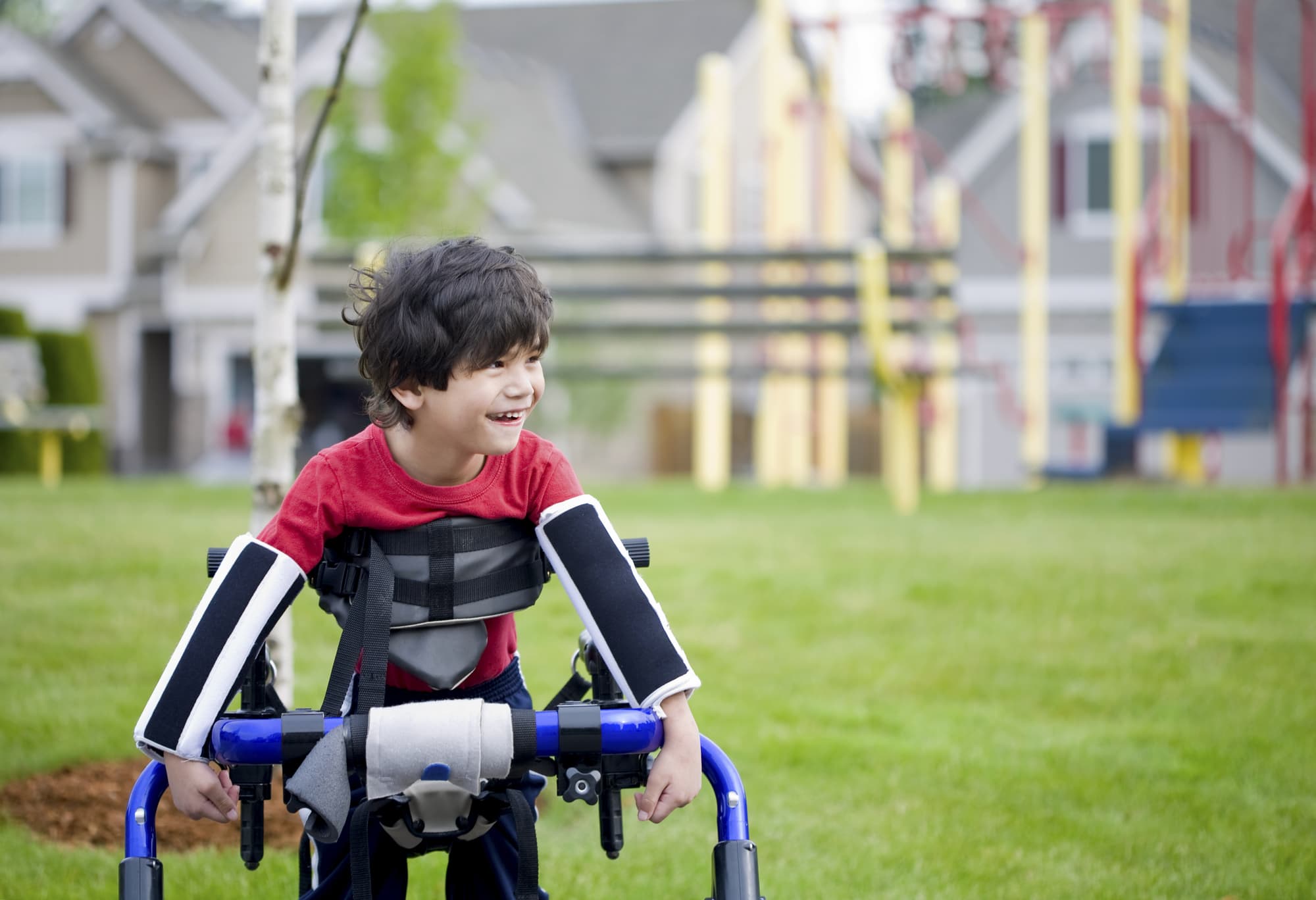The Food and Drug Administration (FDA) recently approved Botox for the treatment of upper limb spasticity in pediatric patients between 2-17 years old. The approval was fast-tracked by the FDA after Allergan, the producer of Botox, submitted two trials for review. Fast-tracked approvals are typically reserved for therapies that show promising improvements in safety and effectiveness when compared to what’s available in the current market.
While Botox earned its name in the beauty industry, Allergan is excited to offer another treatment option for children who suffer from cerebral palsy, the most common condition that affects children’s use of limbs.
What is Spasticity and How can Botox Help?
Spasticity is a condition in which certain muscles are contracted, causing stiff and tight muscles that affect movement and speech. It ranges in severity and is most often caused by damage to the portion of the brain that is responsible for voluntary movement. Some of the common causes of spasticity in children are traumatic brain injuries, spinal cord injuries and cerebral palsy.
Botox, which was originally used medicinally to treat patients with crossed-eyes or squints, and more recently gained recognition as a wrinkle smoother, has shown significant signs of treating spasticity.
How was the Drug Approved?
To receive approval from the FDA, Allergan submitted two phase 3 trials. The first was a one-year long “open-label extension” study, where all the participants who received Botox and the doctors involved were aware. The second study was a 12-week double blind-study to measure the safety and effectiveness of the drug against a placebo.
Over 200 patients with cerebral palsy or who had suffered a stroke enrolled in the trials. The results demonstrated that patients treated with Botox showed significant improvements in their upper limb spasticity according to the modified Ashworth Scale (MAS). The company also conducted trials on Botox’s effectiveness in treating lower limb spasticity but has not yet been approved by the FDA.
Dangers of Botox
Allergen and many pediatricians are hopeful that Botox will be an important treatment option for children suffering from limb spasticity. However, like most new treatments, it comes with certain risks. Listed below are some of the side-effects that have been associated with Botox:
- Difficulty swallowing, breathing and or speaking.
- Muscle weakness.
- Vision problems such as blurring or seeing double.
- Change or loss of voice.
- Loss of bladder control.
Patients who experience side-effects from Botox should contact their doctor right away.
Experienced Attorneys help you after injury in Baltimore and Washington, D.C.
Schochor, Staton, Goldberg, and Cardea, P.A. is a leading medical malpractice law firm with a track record of winning difficult, complex cases. Contact us today or call 410-234-1000 to schedule a free consultation to discuss your case.













